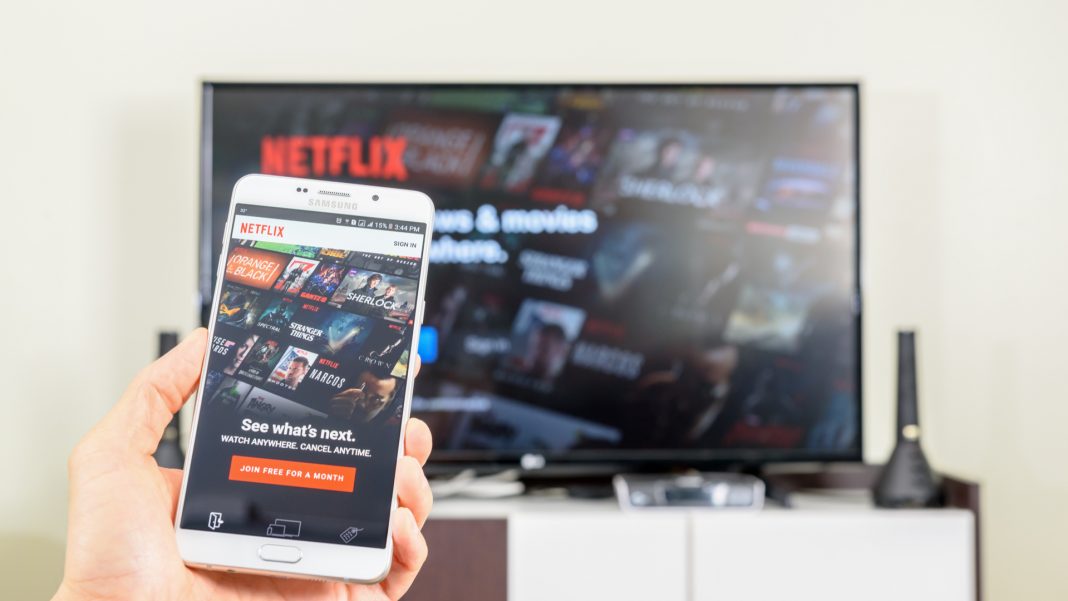Mobile TV is a new technology in which television content such as video and voice are received through wireless transmission. In this, the platforms that are either moving or are capable of moving to receive the content of the wireless transmission. The content is specifically adapted to the medium of mobile and so people can enjoy the interactive and personalized content. The main difference between mobile TV and conventional television is its features such as the ability for moving and consuming personally. The size of the mobile TV screen gives a different experience of viewing the video content in the mobile platforms to the people.
The technology used by Mobile TV
Mobile TV uses digitally based technology to provide its services. The terms multicast and unicast that are used in IPTV is also used for mobile TV in the same manner. Transmitting content into a single subscriber is called unicast and transmission of content to multiple users is multicast. These definitions are also suitable for similar internet-based applications. The biggest challenge for most of the network operators is nothing but ‘how can implement wireless devices profitably that can deliver high-quality multimedia on a large-scale?’ With the help of existing networks like 3G, it is technically feasible to deliver this type of content. But, these networks may fail to support the type and volume of traffic, which is essential for the delivery service of fully-realized multimedia. Therefore, it is always more efficient to offload multicast multimedia traffic to a broadcast network than organizing the same services over 3G networks.
Currently, the mobile TV service can be delivered in two ways. The first one is a two-way cellular network and the second one is a dedicated one-way broadcast network. Both of these methods have some pros and cons.
Advantages of cellular networks
The main advantage of the first method of delivery with an existing cellular network is that an established infrastructure can be used that inherently reduces the cost of deployment.
In addition to this, with the ready-made market accessibility to the current cellular subscribers, they can induce to add mobile TV to the purchased services.
Disadvantages of cellular networks
One of the main disadvantages that people face by using cellular networks such as 2G and 3G is that mobile TV has to compete with data and voice services for bandwidth. As a result, the services of mobile operators have decreased in overall quality.
Moreover, mobile TV demands high data rates that may severely tax a cellular system that is already capacity limited. The other disadvantage is that it cannot be assumed whether mobile TV applications can be received by existing mobile handsets without major replacement or redesign.
Media FLO
An end-to-end broadcasting technology through mobile, which is able to deliver video of high quality to any mobile subscriber, is called Media FLO. The word ‘FLO’ stands for forward Link Only. The forward link is another term, which means that the system only transmits the date to the mobile, but does not receive any data back.
Bottom Line
With the help of Media FLO, we can distribute the same multimedia content to a number of wireless subscribers at a time efficiently and economically. The importance of technology plays a significant role in the mobile TV segment.
